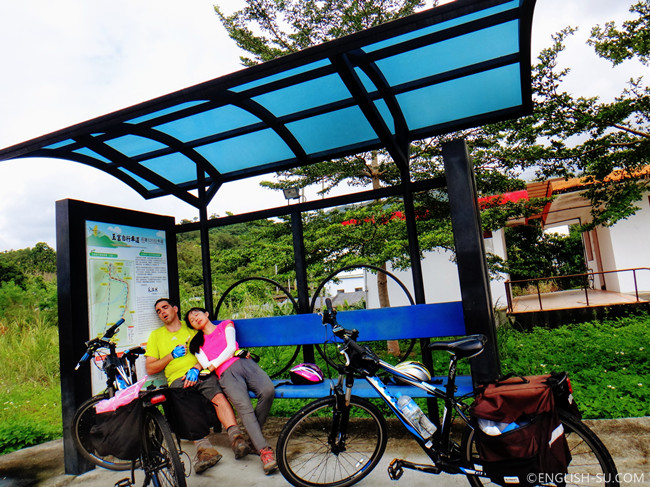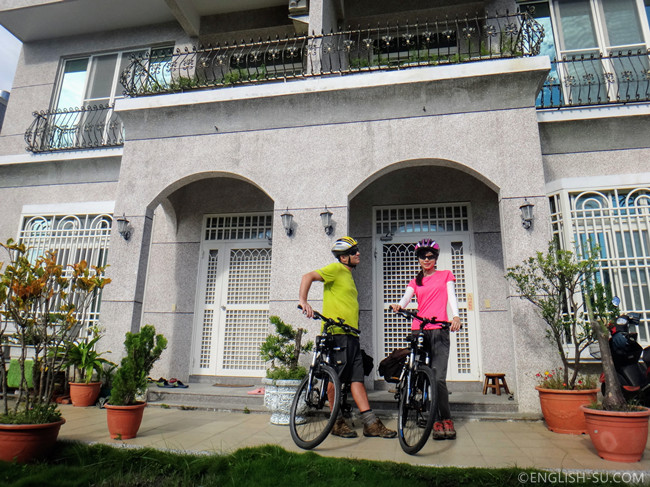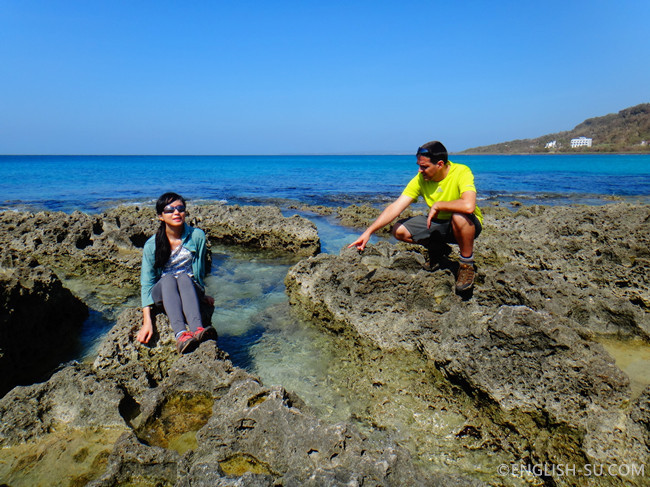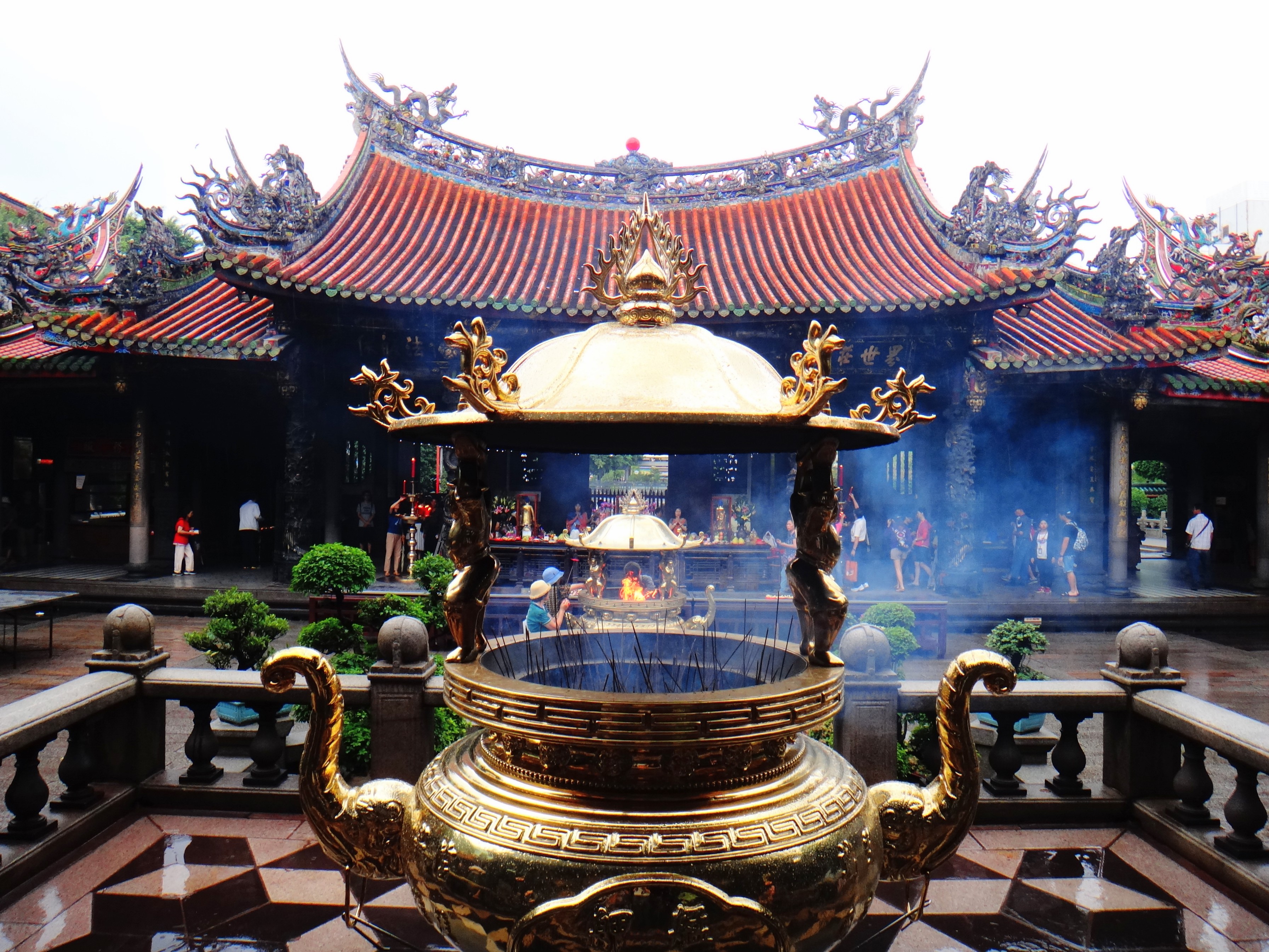Chishang -> Fuli -> Dongli -> Yuli

Travel
Taitung -> Luye -> Guanshan -> Chishang

Ready to depart!

Honestly, our first impression about Kenting was not good at all. It was cloudy when we arrived on the main street where our hotel was located. The beaches were recently visited by a typhoon and looked dirty. The ocean was grayish. Also, we didn’t find the local merchants as nice and smiley as those in Taipei or Tainan with the exception of the owner of our hotel. It is said that Kenting Street was created for local tourism. No wonder we felt it lacked sense of history and the restaurants were pricy.
As typhoon Meranti hurled toward Taiwan, it was stormy day in Taipei but we wouldn’t let that stop our sightseeing since our stay in Taiwan would not be long.
After breakfasting on some hot, sweet soybean pudding in one of Taipei Station’s busy underground restaurants, we took the subway to Longshan Temple. This is one of the most important historic Buddhist temples in Taipei. It was built by the early immigrants from China’s southeast Fujian Province during the 18th century. The glossy, colorful and curvy roof was easy to notice from afar. We’ve seen this “swallow tail” roof style when traveling in south China’s Fujian Province but rarely with such grandiosity. Because of frequent restorations, the temple didn’t appear as ancient as advertised. We took a walk through the entire building complex and found that it was not only enshrined with statues of Buddha and Bodhisattvas but also a series of Chinese Taoist gods such as Mazu / The Sea Goddess, Lord Guan / The Martial God, Yue Lao / The Matchmaking God and Wenchang Dijun - The God of Academy and Examines. The temple even had a shrine for Hua Tuo, a famous physician from China’s history. The golden hall which housed Guanyin (or “Goddess of Mercy”) was the most impressive, especially its brilliant caisson ceiling.

